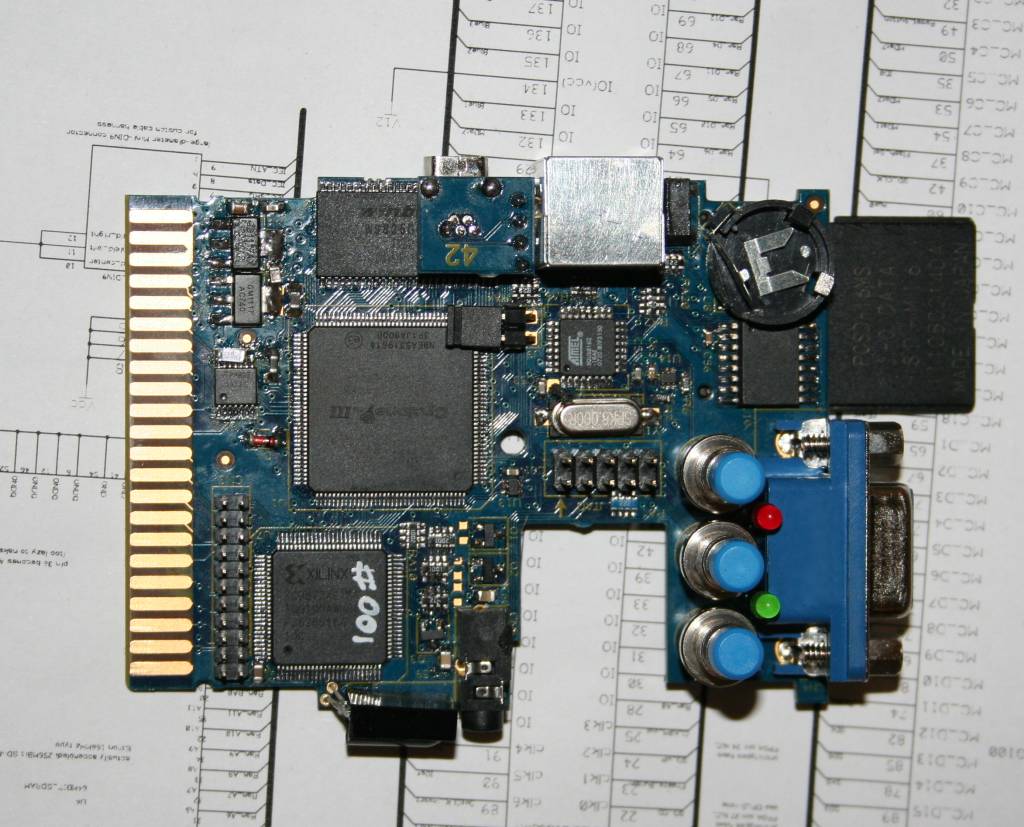pmprog
DNF (Did Not Finish)
- Joined
- Apr 25, 2011
- Messages
- 4,150
People (including myself) have thrown around the idea of an FPGA CPU board for inside the Pyra.
Anyway, interestingly, I came across this project on Hackaday today...
https://hackaday.io/project/77110-spartan-mini-fpga-handheld-nes
Regarding battery life, here's a quote
So who knows, might not be completely out of scope for a Pyra board.
Anyway, interestingly, I came across this project on Hackaday today...
https://hackaday.io/project/77110-spartan-mini-fpga-handheld-nes
Regarding battery life, here's a quote
I'm going to swap out the Alkaline batteries for some NiMH 2100mAh rechargeable batteries. The total current drain of this project as measured by my power supply was around 400mA, so hopefully that should give me around 5 hours or so of operation before recharge. All in all I'm happy with how this project turned out. It was a lot of fun diving into FPGA's and being challenged by aspects of electronics that I hadn't encountered before
So who knows, might not be completely out of scope for a Pyra board.


